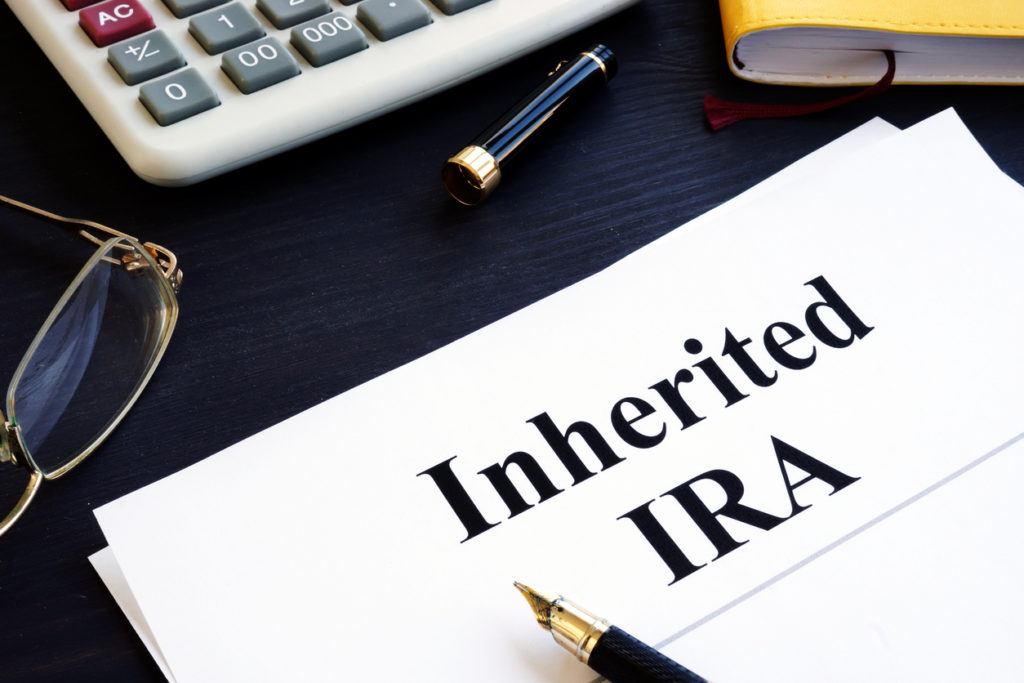On December 20, 2019 President Trump signed into law the Setting Every Community Up for Retirement Enhancement Act of 2019, now commonly referred to as the “SECURE Act.” Among other things, the SECURE Act makes significant changes to how IRAs and certain qualified retirement benefits including 401(k) plans must be treated at the death of the IRA owner or 401(k) plan participant.

The negative of the SECURE Act is the elimination of the “stretch” required minimum distribution from an IRA account or 401(k) plan that is inherited by a beneficiary. Prior to the SECURE Act, many individuals utilized the “stretch” as a common estate planning technique to preserve the asset from dissipation due to the income tax that must be paid each time funds are distributed from an inherited IRA or 401(k). The stretch permitted a beneficiary of an inherited IRA or 401(k) to receive minimum distributions based upon the beneficiary’s life expectancy. Accordingly, when IRAs or 401(k)s pass to beneficiaries younger than the IRA owner or plan participant, the distributions could be paid out over the life expectancy of the beneficiary. The benefit of this technique was the deferral of income taxation on distributions and maximization of tax-deferred growth on IRA or 401(k) account balances during the “stretch” period.
Effective January 1, 2020, most beneficiaries of inherited IRAs or 401(k)s will no longer be able to stretch distributions over their life expectancy and will be required to withdraw the entire account balance within 10 years of the death of the IRA owner or 401(k) participant. However, certain “eligible designated beneficiaries” will be exempt from this 10-year distribution rule including (i) surviving spouses, (ii) chronically ill heirs, (iii) disabled heirs, and (iv) minor children until they reach the age of majority, whereupon the account balance must be distributed over the succeeding 10 years. These eligible designated beneficiaries, together with any beneficiary that inherited an IRA or 401(k) prior to January 1, will retain the right to have required minimum distributions paid over their life expectancies.
A positive change that is part of the SECURE Act is the change to the required minimum distribution start date. Formerly, the age at which an IRA owner must begin taking required minimum distributions was 70 ½. The SECURE Act extended it from 70 ½ to 72. In addition, contributions to IRAs are no longer age restricted and IRA withdrawals up to $5,000 are permitted without penalty to pay expenses for the birth or adoption of a child.
IRA owners and 401(k) participants should consult with their estate/elder law planning attorney to review their estate and elder law plans, especially if trusts are part of their plans.
When you need to know your options concerning how the SECURE Act may effect your estate, an estate and probate administration lawyer can help. With legal assistance, the estate planning process could go much easier. Call The Knee Law Firm of Paramus, NJ, at (201) 996-1200 to get the help you need.